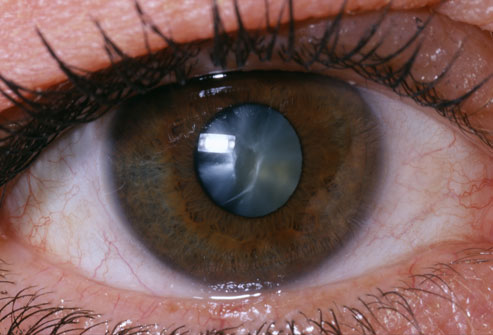Traveling to hospitals in the United States is difficult for Yomi Ogun, M.D., a stroke researcher from Nigeria.
A clot-busting medicine to treat stroke is always in stock. In his native country, it’s a rare commodity. Ambulances in America can get patients to hospitals quickly, an underappreciated result of good roads. In Nigeria, Ogun said, stroke victims often die before reaching the hospital.
But although the care of stroke patients clearly differs, Ogun has noticed similarities in how stroke risk affects African-Americans and sub-Saharan Africans from countries such as Nigeria, Ghana and Cameroon.
More than two-thirds of African-Americans can trace their ancestry to those countries and others in the region. It will take collaboration between researchers in Africa and the United States to better understand how stroke and its risk factors affect their populations, Ogun said.
“You compare, you contrast, see areas of similarities, areas of differences — and then see how [to] improve,” said Ogun, a professor of neurology and internal medicine at the College of Medicine at Lagos State University.
The same could be said of studying stroke in Latin Americans and the nearly 57 million U.S. Hispanics.
Mexican neurologist Antonio Arauz, M.D., Ph.D., said considering that most strokes are preventable, U.S. and Latin American researchers must team up to figure out how behaviors, social dynamics, and living conditions play a role in risk factors such as high blood pressure, diabetes and high cholesterol. Such insights could lead to more effective prevention strategies to reduce stroke rates.
“A Mexican in the United States… doesn’t have the same eating habits as he does in Mexico City or his place of origin,” said Arauz, a doctor, and researcher at the National Institute of Neurology and Neurosurgery Manuel Velasco Suárez in the Mexican capital.
But although lifestyles may differ dramatically, what groups still have in common is genetics. A shared ancestry for populations living different lives in different countries may offer the most valuable clues to preventing strokes — both the United States and abroad.
Such investigations could help determine, for example, whether black Americans are genetically predisposed to strokes, said vascular neurologist Bruce Ovbiagele, M.D., chair of neurology at the Medical University of South Carolina.
“Even after we account for higher rates of diabetes or hypertension, even after we account for lower socioeconomic status for African-Americans, there’s still about a 30 percent higher risk of stroke [compared to U.S. whites that] we still can’t explain,” Ovbiagele said.
Studies could also help researchers understand how acculturation affects the health of immigrants compared to that of their U.S.-born children and grandchildren, said Jose G. Romano, M.D., a professor, and stroke division chief in the department of neurology at the University of Miami Miller School of Medicine.






